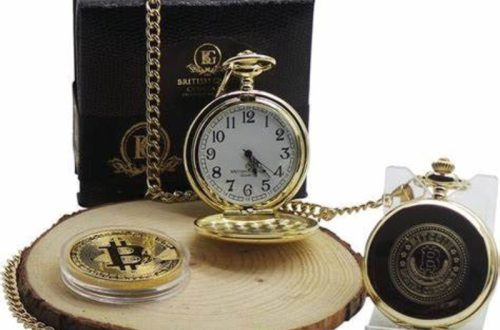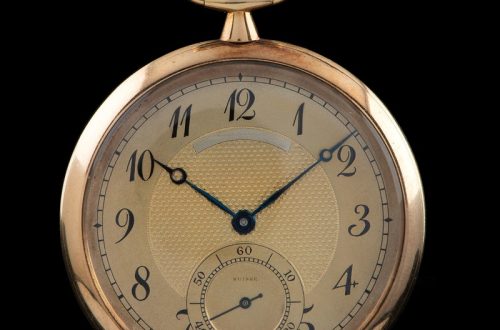Owning a mechanical watch is a privilege. It’s a testament to human ingenuity, a timeless accessory, and a window into a world of intricate craftsmanship. But unlike its quartz counterparts, a mechanical watch relies on your care to keep it ticking. Mastering the art of winding is essential for ensuring its smooth operation and longevity. This guide will equip you with the knowledge to properly wind your mechanical watch, fostering a deeper appreciation for this remarkable timepiece.
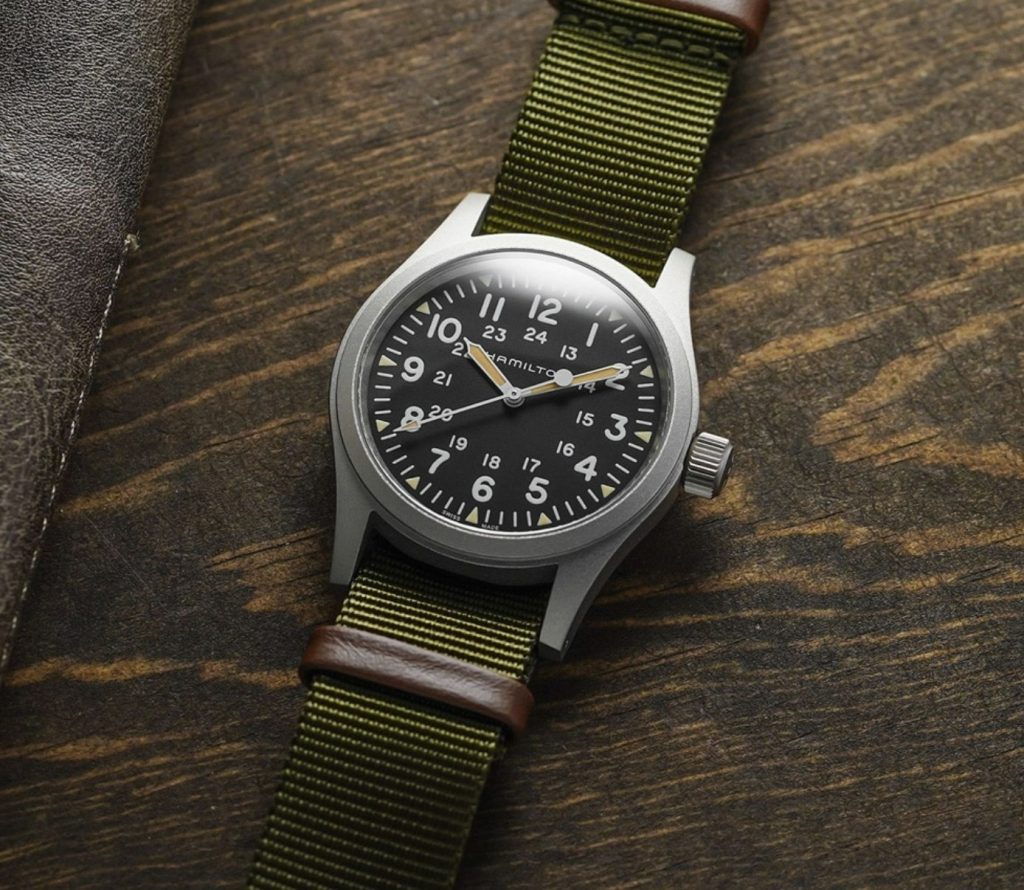
Part 1: Unveiling the Crown
The Mighty Crown:
The crown, often positioned at the 3 o’clock position on the case, is the gateway to interacting with your watch’s inner workings. It serves two crucial purposes: winding the mainspring and setting the time. Before you begin, ensure the crown is fully pushed in against the case. Some dive watches might have a screw-down crown, requiring you to unscrew it carefully for access.
The Two Worlds of Mechanical Watches:
There are two main categories of mechanical watches: manual and automatic. Manual watches depend entirely on manual winding to store energy in the mainspring, which then powers the watch’s movement. On the other hand, automatic watches are equipped with a rotor that harnesses the wearer’s daily movements to wind the mainspring, continually storing energy for the watch. However, even automatic watches benefit from occasional manual winding. This practice is particularly beneficial for keeping the power reserve topped up, especially if the watch is not worn regularly. By engaging in occasional manual winding, enthusiasts can ensure that their automatic timepiece continues to operate optimally, maintaining accuracy and performance. This ritual not only aids in maintaining the watch’s functionality but also reinforces a deep connection to the craftsmanship and tradition of mechanical watchmaking, ultimately fostering a greater appreciation for these intricate timepieces.

Part 2: The Ritual of Winding
Embrace the Clockwise Direction:
When winding a mechanical watch with a manual movement, it’s important to handle the process with care and precision. The first step is gently turning the extended crown clockwise. As you wind the watch, you’ll feel a subtle resistance, gradually increasing as the mainspring tightens. This physical ritual of winding allows potential energy to be stored in the mainspring, which becomes the powerhouse for the intricate movement of the watch. Unlike a quartz watch, a mechanical timepiece does not rely on a battery; instead, it relies on the energy stored in the mainspring. This coiled spring gradually releases its energy, regulating the passage of time and animating the various components of the watch. By understanding and engaging in this intimate process of winding your watch, enthusiasts truly appreciate the timeless tradition and craftsmanship of mechanical watchmaking.
Respecting the Resistance:
Continue winding until you feel a distinct increase in resistance. This signifies a fully wound mainspring. Crucially, do not force the crown past this point. Overwinding can damage the delicate gears and springs within your watch. In the case of automatic watches with manual winding capabilities, this resistance might be less pronounced, and overwinding is generally not a concern.
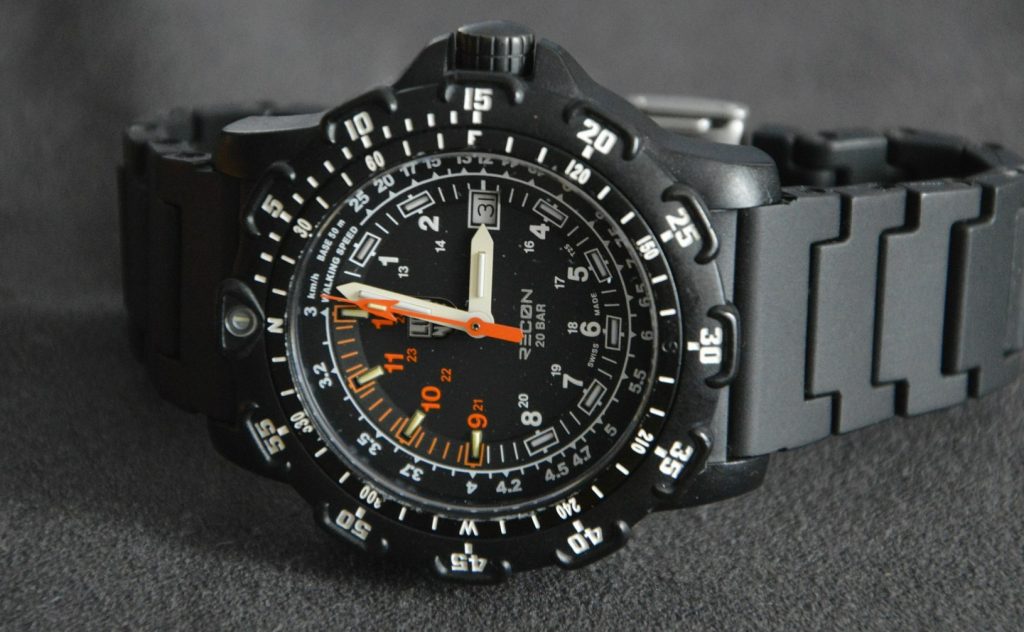
Part 3: Consistency is the Key to Accuracy
Develop a Winding Routine:
Establishing a consistent winding routine is crucial for preserving the accuracy and functionality of your mechanical watch. In the case of manual watches, winding them daily is typically recommended to ensure that the mainspring is sufficiently tensioned. Conversely, automatic watches, especially those worn regularly, may only require occasional manual winding. This may be necessary every few days or when the power reserve indicator shows a depletion of energy. By engaging in these regular winding practices, enthusiasts can ensure that their timepiece maintains optimal performance. Furthermore, adhering to this routine helps to prevent any potential disruptions in the watch’s operation due to a depleted power reserve. By thoughtful and regular winding, watch owners not only uphold the precision of their timepiece but also cultivate a deeper connection with the craftsmanship and heritage of mechanical watchmaking.
A Watch Whispers Clues:
While following a consistent winding routine is essential for maintaining a mechanical watch’s accuracy, some timepieces provide subtle clues about their power reserve. For instance, a noticeable decline in accuracy or the second hand skipping beats can serve as indicators that the watch requires winding. By paying close attention to these subtle cues, enthusiasts can ensure their watch continues to keep perfect time. Understanding these hints allows owners to proactively tend to their watch’s needs, maintaining its optimal functionality and performance. By remaining attentive to the behavior of the watch, enthusiasts can maintain a strong connection with their timepiece. They can recognize subtle indicators and appreciate the intricate craftsmanship and precision engineering that goes into creating mechanical watches. Ultimately, this attention to detail not only ensures the watch’s accuracy but also reinforces a deeper appreciation for the art of watchmaking.
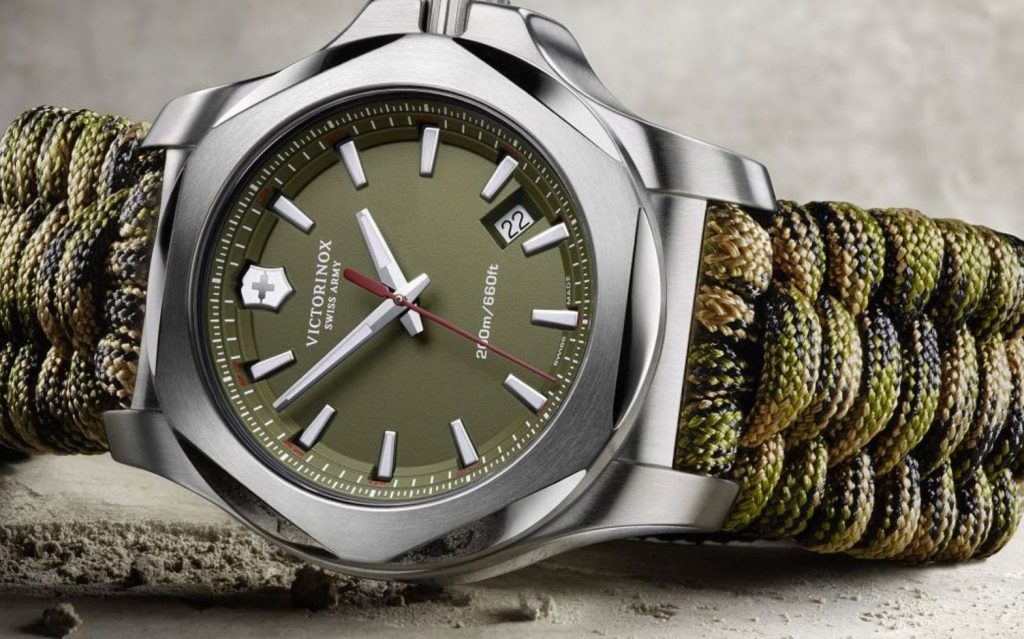
Part 4: Beyond the Basics: Care and Appreciation
Respect the Delicate Machinery:
A well-maintained mechanical watch is undeniably a robust and reliable companion, but it’s not impervious to damage. It’s important to handle it with care and avoid subjecting it to sudden shocks. The intricate inner workings of a mechanical watch, including its delicate gears and springs, deserve to be treated with the utmost care and respect. By handling the watch gently and avoiding rough or abrupt movements, enthusiasts can help safeguard their timepiece from potential damage. This level of careful consideration not only extends the longevity of the watch but also demonstrates a deep appreciation for the meticulous craftsmanship and intricate engineering that goes into creating these exceptional timepieces. By consciously caring for the watch and recognizing its fragility, owners can continue to enjoy the reliability and beauty of their mechanical timepiece for years to come.
Professional Attention for Long Life:

Regular servicing by a qualified watchmaker is crucial for maintaining optimal performance and longevity. A professional can clean the movement, lubricate components, and ensure everything is running smoothly, extending the lifespan of your treasured timepiece.
By following these steps and fostering a mindful approach to winding, you’ll not only keep your mechanical watch running flawlessly, but also cultivate a deeper appreciation for its intricate mechanics and timeless design. After all, a properly wound mechanical watch is more than just a tool for telling time – it’s a testament to human ingenuity and a symbol of timeless style.
